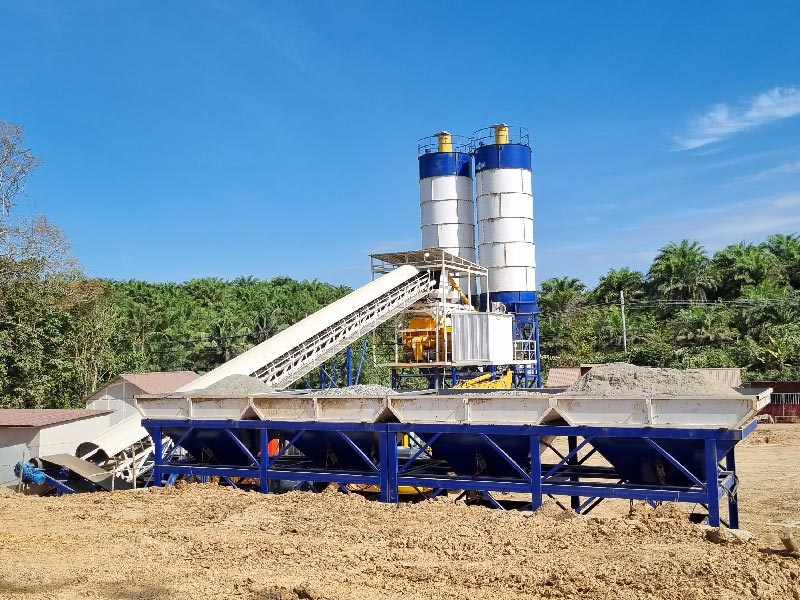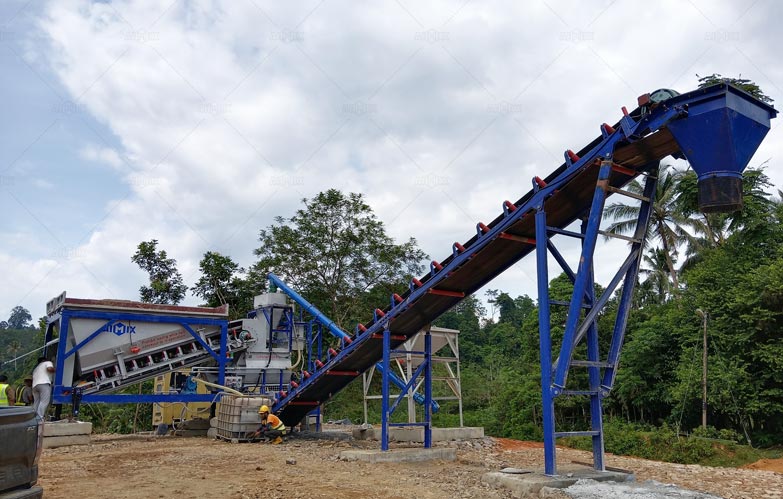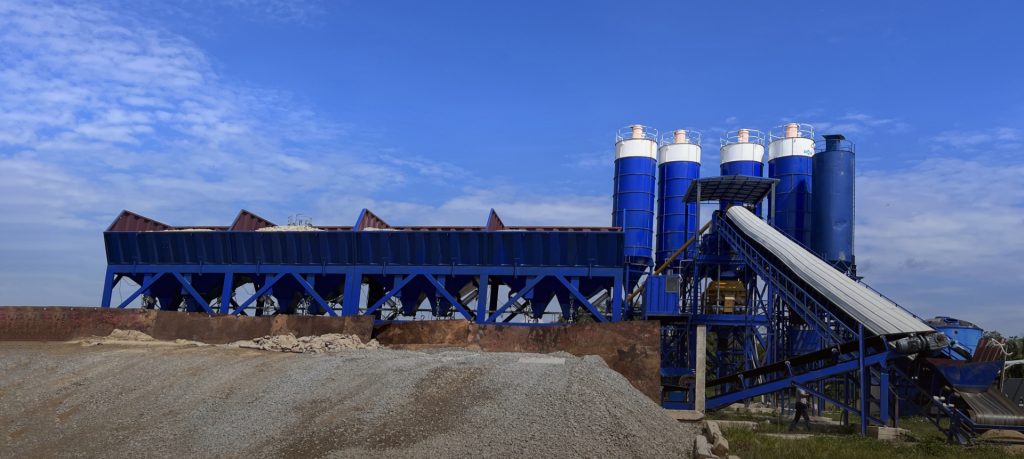Concrete plants are essential in construction projects of all sizes, but their configuration depends heavily on the intended use of the finished material. Whether producing concrete for large infrastructure, residential buildings, or roadworks, selecting the right equipment setup is key to efficiency, cost control, and product quality. In this article, we explore different configuration strategies for a concrete plant, including considerations for mobile concrete plant setups and ready mix concrete plant operations, depending on the final application of the concrete.
Understanding Finished Material Requirements
Different Applications Require Different Mix Designs
Each concrete application has distinct performance requirements. For example, high-strength concrete is essential in high-rise buildings, while durable, fast-setting mixes are preferred for road construction. The configuration of your concrete plant(planta dosificadora de concreto) must reflect these requirements in terms of mixer type, aggregate handling, additive integration, and automation level.
Volume and Consistency Expectations
Projects such as bridges or tunnels require a continuous supply of consistent concrete over long periods. In contrast, small housing projects may only need intermittent batches. This difference affects decisions such as batch size, storage capacity, and even plant mobility.

Concrete Plant Configuration for Infrastructure Projects
High-Capacity Ready Mix Concrete Plants
Large infrastructure projects—like highways, dams, or airport runways—demand high daily output and strict quality control. A ready mix concrete plant configured for this type of use typically includes twin-shaft mixers, automated batching systems, large cement silos, and multiple aggregate bins. These ensure consistent mixing and supply even under tight schedules.
Importance of On-Site Setup or Mobile Plants
For remote or large-scale sites, a mobile concrete plant(planta de hormigon movil) is often configured to eliminate long transport times. These plants can be relocated close to the jobsite and offer moderate-to-high capacity. A key configuration aspect is integrating rapid setup features and modular design for quick transitions between sites.
Material Management and Additives
In complex infrastructure works, the plant should support advanced mix designs involving fly ash, silica fume, or retarders. Additional silos and chemical dosing systems must be included in the plant configuration to maintain precision and repeatability.

Configuration for Commercial and Residential Building Projects
Medium Output, High Flexibility
Residential and commercial buildings often require varying concrete types—lightweight concrete for walls, reinforced concrete for foundations, etc. A medium-sized concrete plant for sale(venta de planta de concreto) with a planetary mixer or pan mixer is typically suitable. These offer higher control over slump, flowability, and fine aggregate distribution.
Multiple Discharge Points
Configuring the plant with multiple discharge systems (into trucks, buckets, or pumps) allows for efficient servicing of complex building sites. In urban projects, where space is tight, integrating compact plant models with reduced footprint is a major advantage.
Control Systems and Recipe Storage
Modern building sites benefit from automated systems that store and recall multiple mix designs. A computerized control unit in the concrete plant ensures repeatable quality across different building stages, reducing on-site mixing errors and material waste.
Roadworks and Precast Applications
Fast-Setting and High-Workability Mixes
Road and pavement works demand concrete that sets quickly and can be poured continuously. A mobile concrete plant configured with rapid mixing and temperature control systems is ideal for such scenarios, especially in regions with wide temperature variations.
Compact Precast Requirements
In precast production, uniformity is everything. A stationary ready mix concrete plant with centralized mixing and a concrete delivery system connected to mold areas ensures high productivity. Such setups often use moisture probes, vibration systems, and weight-based aggregate feeding for precise batching.
Custom Batching and Color Additives
For precast decorative elements or colored paving stones, the plant should include color additive dispensers, high-speed mixers, and fine material dosing units. These additions require specific configuration and may influence the concrete plant for sale price.
Key Considerations When Choosing a Configuration
Mobility vs Stability
If your operations are project-based and move across multiple locations, a mobile concrete plant with rapid setup and breakdown features will offer more flexibility. However, permanent plants offer higher capacity and better integration with quality control systems.
Automation and Data Monitoring
For companies aiming to scale, integrating automated data logging, production reports, and cloud-based controls helps monitor performance remotely. Whether for a ready mix concrete plant(planta de concreto premezclado) or a compact model, automation ensures better traceability and compliance.
Future Scalability
When selecting a concrete plant for sale, look for configurations that allow future upgrades—such as adding more cement silos, extending the mixer size, or integrating an additional aggregate hopper. This ensures your plant grows alongside your business.
Conclusion
The configuration of a concrete plant should always align with the end-use of the finished product. Infrastructure projects require high-capacity, durable systems often located on-site or designed as mobile concrete plant units. Residential and commercial projects demand flexibility and recipe variation, while precast applications prioritize precision and consistency. Whether you are considering a new concrete plant for sale or upgrading an existing setup, understanding the relationship between configuration and final product use will help you invest smarter and build better.
